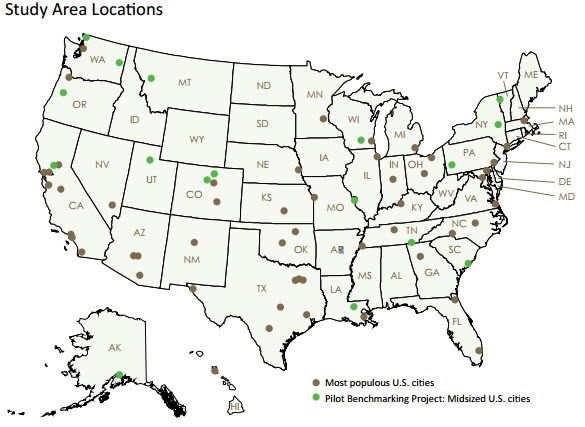Camilla’s 62 year old brother died as a result of a serious head injury that he sustained in a fall last night in New York. Mark Shand was in New York to attend the Faberge Big Egg Hunt auction at Sotheby’s, a fundraising event for his charity, the Elephant Family. According to the Daily News, after the event, Shand went to an after party at the Diamond Horseshoe Nightclub in the Paramount Hotel near Time Square. As he went out for a cigarette he slipped and hit his head against the pavement in front of the club. He died of his injury at the hospital Today.
Read more in the New York Daily News
Camilla Parker Bowles, the Dutchess of Cornwall and her brother Mark Shand
 New York Personal Injury Attorneys Blog
New York Personal Injury Attorneys Blog


 Most people walk or use their bike for a social or recreational reason however more and more people are using their bikes to go to work especially in large cities where the combined average share of commuters by bicycle and foot is significantly higher at nearly 6.1% (1.0% bicycling and 5.0% walking) compared to an average of 3.4% nationally.
Most people walk or use their bike for a social or recreational reason however more and more people are using their bikes to go to work especially in large cities where the combined average share of commuters by bicycle and foot is significantly higher at nearly 6.1% (1.0% bicycling and 5.0% walking) compared to an average of 3.4% nationally. New York Labor Law Section 240 or Scaffold Law was enacted more than 100 years ago to protect construction workers from elevated work related accidents. It holds general contractors, owners and others liable if unsafe conditions at the job site lead to a worker’s injury or death (to learn more about NY Labor Law 240 see
New York Labor Law Section 240 or Scaffold Law was enacted more than 100 years ago to protect construction workers from elevated work related accidents. It holds general contractors, owners and others liable if unsafe conditions at the job site lead to a worker’s injury or death (to learn more about NY Labor Law 240 see  Globally the report shows a slow but steady increase of people using their bikes or their feet to go to work. The report also demonstrates that the level of pedestrian and bicycle accidents is inversely proportional to the number of bikers and walkers and that advocacy groups are playing an important role encouraging people to do so.
Globally the report shows a slow but steady increase of people using their bikes or their feet to go to work. The report also demonstrates that the level of pedestrian and bicycle accidents is inversely proportional to the number of bikers and walkers and that advocacy groups are playing an important role encouraging people to do so. 